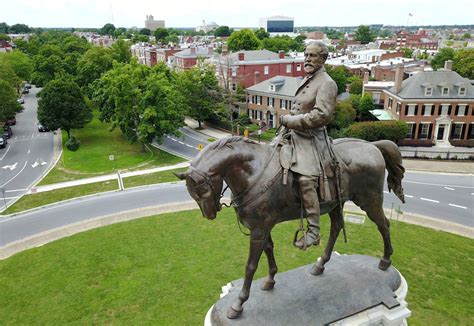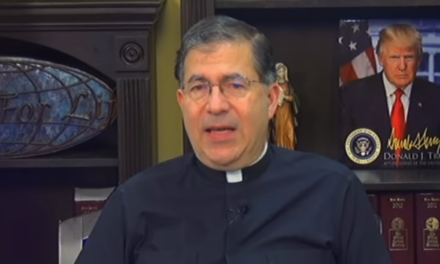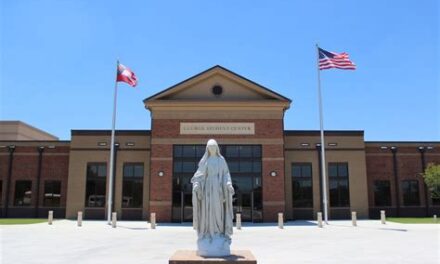On July 8th, 2015, the South Carolina House voted 94 to 20 to remove the Confederate battle flag from the grounds of the Statehouse, following the lead of the Senate, 36 to 3, the day before.
As the argument goes, a symbol that drove a wedge between the races in the south is now relegated to museum status in what may prove a steady march toward effective disappearance. And judging from the various reactions in the press, Democrats and Republicans both salute the move as long overdue and a step toward soothing racial tensions, so generally offensive was the flag to northerners, blacks, and not a small number of southern whites.
Yet I wonder: Was the flag really so offensive?
When I was growing up in Texas, the Confederate battle flag was not quite ubiquitous, but it had its place, largely at football games where teams named “Rebels” and “Generals” adopted it as a pennant; one of the local high schools (“Robert E. Lee High, of course) had a “Rebel Guard” to fire off a cannon when the team scored.
It was all good fun for us, which included a few students who had migrated from the north, and hardly political. The flag had become a regional symbol, not unlike some relic from a dead religion, the meaning of which had been largely forgotten.
Of course, history was still taught in those days, and in my fourth grade class in 1961 we would have known, or I suppose we did, that the centenary of the Civil War fell that year. I knew because my Cub Scout uniform had a sewn-on badge marking the event. And, believe me, the centenary was hardly an occasion for any attempt to resurrect the “Cause.”
The plain facts, whether in 1961 or 2015, are that practically no one wanted or wants to secede from the union, re-introduce slavery, or adopt the constitution of the CSA. I’d go so far as to say that in the early 1960s there were about as many Soviet sympathizers in the Democratic Party as there were dyed-in-the-wool, honest-to-God Confederate revivalists in, well, the Democratic Party. Which is the party where they historically would have been.
Keep in mind that prior to 1960 the Republicans hardly bothered to field candidates for state office in Texas or in most of the southern states. For all the southern pride that certainly did exist, there was probably not one in 10,000 (no, make that 20,000) who got genuinely dewy-eyed about the KKK.
Acknowledging those facts, the post-Civil War history of the flag is more complex than is often thought. There must be many people who assume that the Stars and Bars was the canton of various southern state flags from Reconstruction forward, but that is not the case. Some states added the battle flag canton after 1960 in protest to forced integration, a rather typical act of southern defiance, and, I have to say, for all it accomplished a pointless one.
But it is also true that in 2015 99.9 percent of Americans had become largely ignorant of the flag’s political significance, especially in the south where racial integration has been more successful than in either Detroit or Washington, D.C.
When South Carolina State Representative Jenny Horne delivered her “unplanned” speech before the house to carry the day for removal of the flag from the statehouse grounds, she referred to it as a “symbol of hate.” Doubtless, her words sent a frisson up the leg of liberals in the land but, to say the least, she overlooked the plain facts.
What the flag represented was something much broader that denizens of the left have waged war against consistently. It was a symbol of local pride, and like all things regional and local it fell under the inflexible scrutiny of progressive aparatchiks and was found wanting as racist, nativist and, of course, political. Only on the last point were they right, for as surely as the Ross Barnetts of the south once tried to re-politicize the flag, today the left has done the same.
Anyone want to bet that they will stop there? The singing of “Dixie” is already being banned in some quarters, and Baltimore’s Robert E. Lee Park is due for a name change and another statue of Lee was vandalized in Dallas. Up north, the state flag of Minnesota is under attack for offensive symbolism to “Native Americans.”
Can it be coming that Animal Rights Activists will take umbrage at the California state flag as insensitive to golden bears? And heaven help us if anyone finds out that the KKK parades in the ’20s displayed their preferred flag, not the Stars and Bars but Old Glory. It looks like the Confederate flag is only the first of many that will becoming down.
Anti-Flag Day is a year-round project — and it’s only just begun.















These symbols carry the hate label from the people of hate. I think the southern flag is also a symbol of heritage. I was disappointed in Barac Obama saying the southern flag was a symbol of hate. The south lost right? I felt his comment very well could have started a racial war. soon afterwards there was severe vandalism aimed at the confederate monuments. throughout the country. The swastika is an ancient symbol that was in use in many different cultures for at least 5,000 years before Adolf Hitler (copied holocaust museum website) The Nazis used the Swasitka as a symbol of good luck . The symbol was used by American natives and has been found in the pyramids as well. Its not these symbols its the people who used the symbols for there
own twisted desires. What if this happens to the crucifix? Certain priests wearing these crucifixes while abusing children and others. I say love everyone no matter what, look past these symbols find the good heart in everyone.
Sincerely, Bill Gallagher